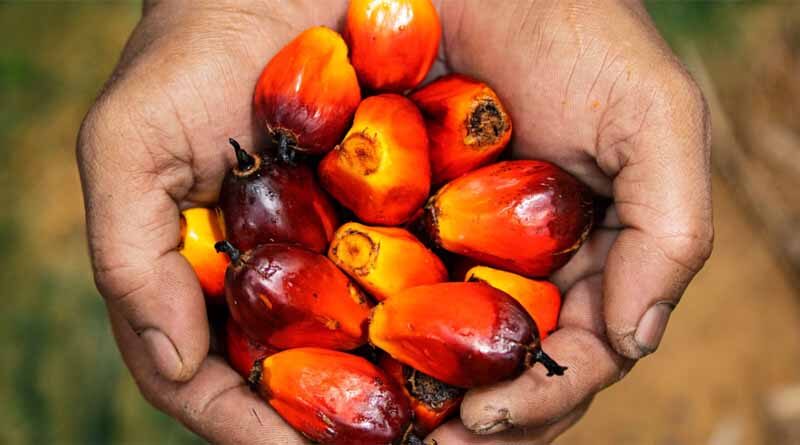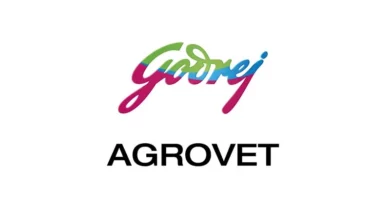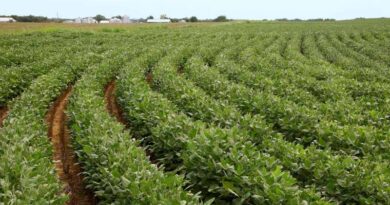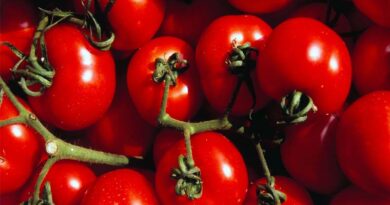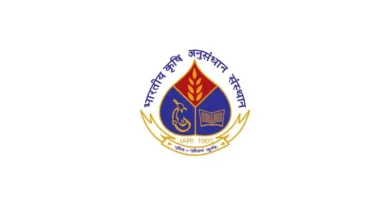Edible oil segment bullish? What lies ahead
Guest Author: Sougata Niyogi, CEO – Oil Palm, Godrej Agrovet Ltd.
08 July 2022, New Delhi: Between 20 June and 5 July, the prices of palm oil have respectively fallen from 5370 Ringgit to 3780 Ringgit, which is a downward revision of 28%. This slide is predominantly because of panic-selling. The market has overreacted because Indonesia is running out of storage capacity; and as estimated before, is in urgent need of offloading. Meanwhile, the global demand has not picked up much and the fear of global recession continues to loom. The soft oil prices are crashing- especially Soya- due to the bullish forecast on upcoming crop and also because of the recent relaxations on biodiesel mandates. There is a correlation between palm and other soft oils, which puts additional pressure on the equation. Therefore, the downward revision in Crude and Brent prices have impacted prices of other soft oils.
I think the prices will rally further and hit around the 4200 mark before settling in the range of 4000-4500 Ringgit. The quota allotment decision by the Government of 2 Million tonnes with zero import-duty and the subsequent import by large refiners is expected to ease the consumer price. Although, this easing is expected to reflect in the consumer price in the forthcoming month.
The correction, almost 25% in the last two weeks in crude, will take a month or so to reflect on the consumer’s side. If this translates, then edible oil’s consumer price is likely to touch around INR 100 for Palmolein, while Soya refine should earn around INR 10-15 premium. Sunflower supply continues to be dicey due to the ongoing war as the supply chain is heavily disrupted.
Overall, it is good news for consumers. I don’t expect the government to revise the import duties in the short run. But if the price trend persists to the Kharif crop season, the Indian farmers may not feel highly incentivised about the decision to switch to oil seed crops. This will pose a severe risk to since we only produce 9 Million tonnes domestically, which stands to be impacted by this sentiment. On the other end, the government is bullish of Kharif oilseed crop sowing. The expectation is of a 10-15% of additional domestic production, which is a function of Kharif sowing. However, June precipitation (monsoon) was also on the lower side which has slowed the progress of Kharif oilseed crop sowing. By July-August, we will get a better understanding of the situation. However, if we go by the forecast for Feb-March, I feel we should have a record crop for Soya this year. As per SOPA, soybean sowing in Central India has gained momentum in last the last seven days.
Also Read: UPL Announces Inaugural Allies for Agriculture Winner

